The Rise and Function of Homework Solvers in Modern Education And Learning


In the electronic age where information is bountiful and technology rapidly evolves, the landscape of education and learning is continuously transforming. One of the notable growths in this domain is the appearance of research solvers. These digital devices are made to assist trainees in navigating the often-challenging waters of research projects.
While their popularity surges, research solvers have actually triggered both praise and suspicion. Are they simply shortcuts for students, or are they reputable help in the educational trip? This post delves into the function and impact of homework solvers, highlighting their advantages and obstacles.
Understanding Homework Solvers
Homework solvers are digital devices or systems that provide options, assistance, or descriptions to students’ research questions. They are usually powered by formulas, artificial intelligence, or human knowledge, enabling them to refine different sorts of inquiries across multiple subjects. From mathematics equations to literary works evaluation, these tools aim to facilitate students’ understanding and completion of their jobs.


These systems typically feature interactive interfaces where students can input their concerns or problems. In reaction, they get detailed solutions or tips that lead them towards finding the proper solutions. Some advanced devices likewise supply step-by-step descriptions, making it possible for pupils not only to solve a particular issue but likewise to comprehend the underlying principles.
With the arrival of mobile innovation, several homework solvers are now offered as apps, making them conveniently obtainable for pupils anytime and anywhere. This convenience has actually greatly contributed to their expanding popularity amongst students.
- Selection of Subjects: Cover a broad variety of disciplines, from maths and scientific research to humanities and arts.
- Interactive Solutions: Deal detailed guides and interactive analytic user interfaces.
- 24/7 Accessibility: Make certain that trainees can look for aid at any moment, improving versatility.
- Mobile Availability: Readily available student-driven encyclopedia on both desktop computer and mobile platforms, raising ease of access.
While these attributes make homework solvers preferable, their use in the academic context elevates essential conversations regarding their effectiveness and ethical ramifications.
Advantages of Homework Solvers
The primary benefit of research solvers is their capacity to provide instantaneous support, especially when pupils are stuck on a problem. This immediate feedback can substantially enhance a pupil’s morale and interaction with the subject matter. Moreover, these tools can act as extra educational sources, enhancing class teachings.

Homework solvers frequently assist in connecting understanding spaces, particularly for intricate topics that require more in-depth understanding. By offering explanatory material and method exercises, they allow students to master difficult topics at their very own pace, therefore adding to personalized knowing.
Furthermore, these devices can add to better time monitoring. With research solvers, students can finish their tasks a lot more effectively, freeing up time for other or individual rate of interests.
Obstacles and Concerns
Regardless of their benefits, homework solvers are not without objection. Among the main worries is the possibility for abuse, with trainees depending entirely on these devices to finish assignments without genuinely understanding the material. This dependency could hinder the advancement of critical reasoning and analytic skills.
- Encouragement of Academic Dishonesty: Overreliance might lead to trainees bypassing learning procedures.
- Quality of Solutions: Not all solvers assure precise or reliable solutions.
- Subscription Expenses: Some systems bill fees, presenting accessibility issues for sure trainees.
- Technology Dependence: Overuse might cause decreased effort in finding out without digital help.
Educators and organizations usually debate the ethical limits of utilizing these devices, emphasizing the value of advertising liable use amongst students.
Integrating Research Solvers right into Education And Learning
To harness the capacity of homework solvers as effective academic help, their assimilation into the understanding process requires thoughtful approaches. Educators can play an essential role by directing trainees on just how to utilize these devices responsibly and effectively.
One strategy is to integrate research solvers as extra resources in the curriculum. Teachers can appoint tasks that encourage trainees to make use of these systems for method while making sure that classroom discussions and analyses reinforce discovering individually of these devices.
Verdict: A Balanced Approach
The rise of research solvers reflects wider trends in electronic knowing and individualized education and learning. While they supply countless advantages, their efficient use depends on a well balanced technique that enhances conventional training methods. By cultivating a society of liable usage, trainees can optimize these devices’ capacity without jeopardizing their academic stability.
As educational standards shift, the function of research solvers will likely develop. Their integration right into instructional techniques will rely on continual dialogue amongst instructors, trainees, and programmers, ensuring these electronic help improve as opposed to detract from the learning experience.

